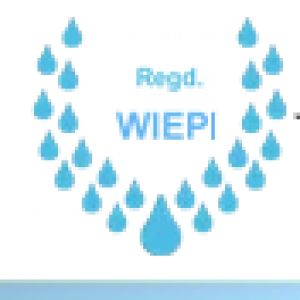Demineralization PlantPosted by Watchem Ions Engineers on February 22nd, 2021 Our company has designed a demineralization plant which is very well suited for purifying all sorts of impurities in water. Because the plant uses advanced technology so this is very useful for removing harmful chemicals and toxics from the water. Our company is known to be one of the famous demineralization plant manufacturers in India who provide the safest form of water that is used for various purposes. Demineralization is the process of removing mineral salts from Water by using the ion exchange process.
Demineralized Water also known as Deionized Water, Water that has had its mineral ions removed. Mineral ions such as cations of sodium, calcium, iron, copper, etc and anions such as chloride, sulphate, nitrate, etc are common ions present in Water. Deionization is a physical process which uses specially-manufactured ion exchange resins which provides ion exchange site for the replacement of the mineral salts in Water with Water forming H+ and OH- ions. Because the majority of Water impurities are dissolved salts, deionization produces a high purity Water that is generally similar to distilled Water, and this process is quick and without scale buildup. De-mineralization technology is the proven process for treatment of Water. A DM Water System produces mineral free Water by operating on the principles of ion exchange, Degasification, and polishing. Demineralized Water System finds wide application in the field of steam, power, process, and cooling. Advantages
• Boilers feed Water, Textiles, Pharmaceuticals, Chemicals, Breweries, Swimming pools, Potable Water, Hospitals, Automobile, and Battery, Fertilizers. - Softener - De-Gasifiers - Power Plant Super Charge DM PLANTThe basic DM plant must have minimum two resin columns, Cation and Anion. The cation unit contains resins, which are in H+ form and Anion resins in service cycle are in OH- form. The filtered raw water, when passed through a two bed DM plant, cation resins exchange all cations in water and the salts are converted to respective acids. This acidic water is passed through the anion resins, which exchanges the anions and the pure water is achieved.The water coming out of Anion unit generally has TDS less than 40 PPM & Hardness less than 1 PPM. The two bed DM plant generally consists of two pressure vessels for accommodating cation and anion resins, nest of valves or multiport valve, piping, chemical tanks, testing kit and conductivity meter. Depending on raw water & treated water quality desired, the other units get added for a specific purpose. Like it? Share it!More by this author |


